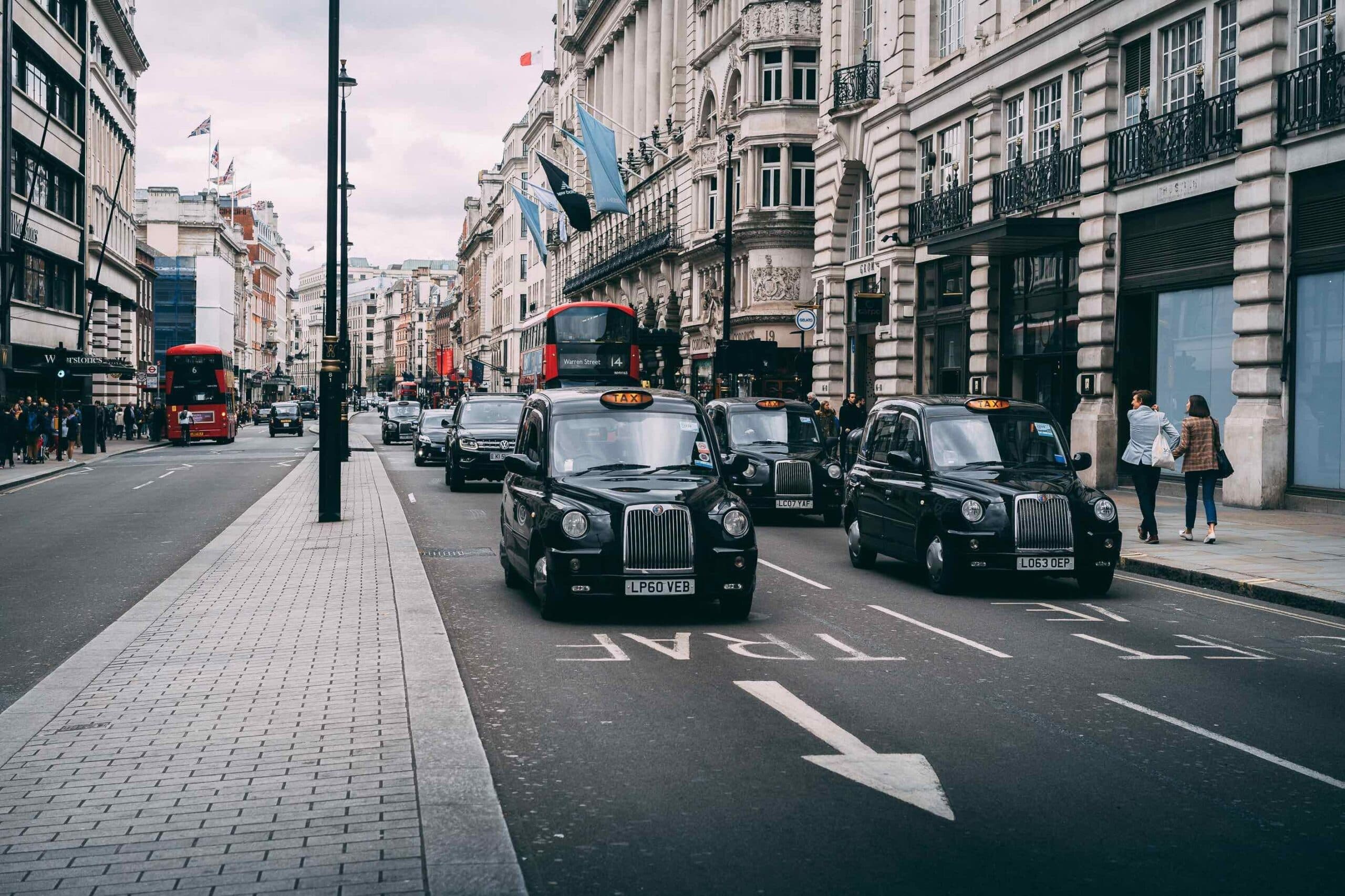Entering the taxi business can be a lucrative option in the United Kingdom. However, securing a UK taxi licence involves navigating through several regulations, extensive paperwork and stringent requirements. To help get your career as a taxi driver started on the right foot, we have outlined the key steps in the UK taxi license application process you should follow.
Understand the Different Licences Available
The first step in obtaining your UK taxi licence is to be aware that there are two types of licences available – a private hire vehicle (PHV) licence and a hackney carriage (taxi) licence. Private hire vehicles can pick passengers up only when pre-booked, while hackney carriages can be hailed off the streets or work at designated taxi ranks. Depending upon which type of service you want to offer, you will need either one or both licences.
Determine Your Licensing Authority
In the United Kingdom, licensing authorities for taxis and PHVs are determined based on local councils. Each council has distinct licensing requirements that may vary from others, so it is essential to know which one governs your proposed area of operation. You can do this by contacting your local council directly or visiting their website for more information on licensing requirements.
Meet Eligibility Criteria
To apply for either type of UK taxi licence, there are certain eligibility criteria that you must meet:
- You should be at least 21 years old.
- You must hold a full valid UK or European Economic Area driving licence that is at least one year old and have no disqualifications.
- You should be able to demonstrate the ability to communicate in English (reading, writing, speaking).
Apply for a DBS Check and Medical Examination
All applicants for a UK taxi licence must pass an Enhanced Disclosure and Barring Service (DBS) check. This check ensures that you have no criminal convictions that would render you unsuitable for this work. You can apply through your local licensing authority or directly with the DBS using their online application process. Make sure to provide accurate information as any discrepancies may result in further delays or rejection of your application.
In addition to the DBS check, you will also need a medical examination from your General Practitioner (GP) or a doctor appointed by the licensing authority. They will assess whether you meet the statutory Group 2 medical standards required for vocational drivers. If the medical professional deems you fit enough to drive a taxi, they will issue a signed certificate to support your application.
Complete The Topographical Skills Test
The topographical skills test evaluates your ability to navigate effectively within specific areas, plan routes and use geographical reference sources such as maps and GPS devices. In general, this test consists of several practical assessments related to map reading and plotting routes between different locations using the area’s road network system.
In some cases, particularly when applying for a hackney carriage licence, it may be required that you complete “the Knowledge” – an extraordinarily comprehensive examination of London’s streets, landmarks, routes and restrictions applicable only if operating within Greater London. This typically involves memorizing specific details related to 25,000 streets!
Obtain Suitable Vehicle Insurance
Having appropriate insurance coverage for your taxi is essential for obtaining a licence. In the UK, taxis must have suitable third-party liability insurance to cover passengers, as well as comprehensive or third party fire and theft insurance. Contact various insurers or use comparison websites to find the best option that meets both local council requirements and your budget.
Submit Your Application Form
Once you have completed all necessary steps, including gathering supporting documents such as DBS check results, medical certificates and proof of insurance, it’s time to submit your application. Fill in the relevant forms provided by your licensing authority with accurate information – some may also be accessible online. Be sure to include any application fee required and submit timely to avoid potential delays.
Inspection of Your Vehicle
All licensed taxis need to pass inspections carried out by their relevant council’s vehicle testing centre. These inspections evaluate various aspects of the vehicle such as emission standards, safety equipment and general cleanliness both inside and outside. It’s essential to ensure that your taxi passes this inspection successfully before starting operations.
Routine Renewals and Re-assessments
Note that taxi licences generally require routine renewals every one to three years, depending on local council regulations. You may also need ongoing criminal record checks, medical examinations and vehicle inspections throughout your career as a taxi driver.
In conclusion, obtaining a UK taxi licence means navigating through several regulatory requirements and completing numerous steps detailed above. By following them diligently and ensuring adherence to local regulations from the onset, you can secure licensure efficiently, allowing you to launch a rewarding career in the taxi industry.





























